
THE STORY OF ART WITHOUT MEN
KATY HESSEL

CONTENTS
- PART ONE: PAVING THE WAY :
c.1500c.1900 - PART TWO: WHAT MADE ART MODERN :
c.1870c.1950 - PART THREE: POSTWAR WOMEN :
c.1945c.1970 - PART FOUR: TAKING OWNERSHIP :
19702000 - PART FIVE: STILL WRITING :
2000present
ABOUT THE AUTHOR
Katy Hessel is a British art historian, broadcaster and curator. She runs @thegreatwomenartists, an Instagram account that has celebrated women artists on a daily basis since October 2015. She hosts and writes The Great Women Artists Podcast, where she has interviewed guests from Turner Prize-winner Lubaina Himid to writers Ali Smith and Deborah Levy. British Vogue and the Evening Standard listed it among their recommended podcasts. She is also the host of Dior Talks Feminist Art, a podcast which includes interviews with artists such as Tracey Emin and Judy Chicago.
Katy has written extensively on the subject of women artists for British Vogue and Harpers Bazaar, curated exhibitions at Victoria Miro Gallery, Stephen Friedman Gallery, Kasmin Gallery, and more, and runs the annual The Great Women Artists Residency at Palazzo Monti, Brescia. She once took over a floor of Tate Modern for a Tate Late. She has lectured at the National Gallery and Cambridge University, fronted films for the Tate, Barbican and Royal Academy of Arts, as well as writing and presenting arts documentaries for the BBC.
In 2021, she was selected for the Forbes 30 Under 30 list in Art & Culture, and, since 2022, she has held the position as the curatorial trustee of Charleston, the modernist former home and studio of the Bloomsbury Group. Writing and speaking about art history in an accessible and fun manner, her goal is to readdress the gender imbalance in the art world by reinserting women back into the canon of art history. The Story of Art without Men is her first book.
Ill show you what a woman can do
Artemisia Gentileschi, 1649
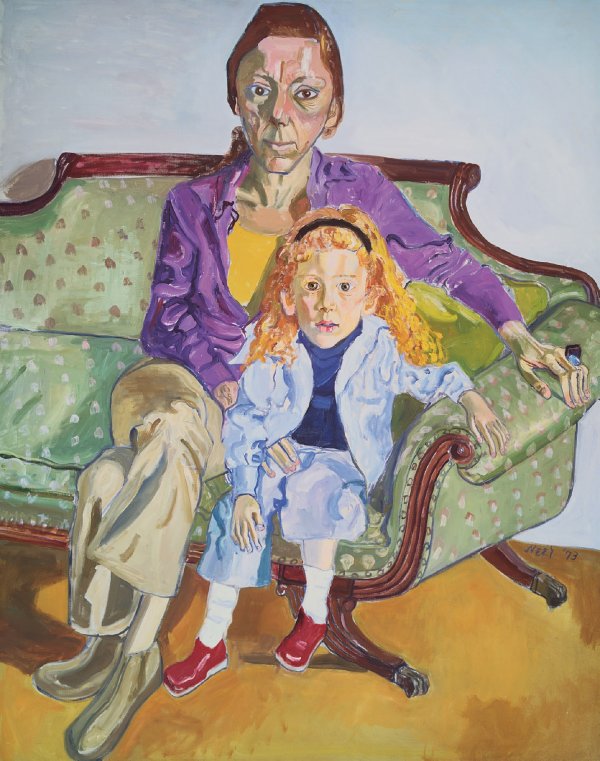
. Alice Neel, Linda Nochlin and Daisy , 1973
INTRODUCTION
In October 2015, I walked into an art fair and realised that, out of the thousands of artworks before me, not a single one was by a woman. This sparked a series of questions: could I name twenty women artists off the top of my head? Ten pre-1950? Any pre-1850? The answer was no. Had I essentially been looking at the history of art from a male perspective? The answer was yes.
At when she was already in her seventies. Studying Neel helped me notice the overwhelming under-representation of women artists they werent in galleries, they werent in museums, they werent in contemporary shows and they werent to be found in art history.
Why was this? The lack of women recognised as significant artists has been a subject of debate since at least the 1970s, when Linda Nochlins was published at the dawn of the second-wave feminist movement. Over forty years later, it didnt seem that enough had changed.
When listing the artists who are typically said to define the art-historical canon, it is the following names that most often come up: Giotto, Botticelli, Titian, Leonardo, Caravaggio, Rembrandt, David, Delacroix, Manet, Gauguin, Van Gogh, Kandinsky, Pollock, Freud, Hockney, Hirst.
I am sure that many of you will have heard of them. But how many of these artists would you recognise: Anguissola, Fontana, Sirani, Peeters, Gentileschi, Kauffman, Powers, Lewis, Macdonald Mackintosh, Valadon, Hch, Asawa, Krasner, Mendieta, Pindell, Himid? If I hadnt actively studied women artists for the past seven years, I doubt I would know more than a fraction of these names.
Should any of this be surprising? Not according to statistics. A study published in 2019 found that in the collections of eighteen major US art museums, 87 per cent of artworks were by men, and 85 per cent by white artists.
The night of the art fair I couldnt sleep. Frustrated and angry about what Id just witnessed, I typed the words women artists into Instagram. Nothing appeared. And so, @thegreatwomenartists (a name that pays homage to Nochlin) was born. I set myself the task of writing daily posts spotlighting artists ranging from young graduates to Old Masters working across every medium, from painting to sculpture, photography to textiles. Adopting an accessible style, my aim was then, as it is now, to appeal to anyone of any art-historical level interested in learning the stories of these mostly overshadowed artists, just as I have done, on a more expansive scale, in a podcast of the same name which launched in 2019. I do this to break down the stigma around elitism in art art can be for anyone, and anyone can be part of this conversation and to showcase artists so often excluded from the history books and courses I studied. Its not that I believe there to be anything inherently different about work created by artists of any particular gender its more that society and its gatekeepers have always prioritised one group in history. And I think it is vital for this to be addressed and challenged. Nearly seven years later, the result is this book: The Story of Art without Men.
This is not a definitive history it would be an impossible task but I am looking to break down the canon I have so often been confronted by in the culture in which I have grown up. The canon of art history is global, however, with the male Western narrative being so unjustly dominant at the expense of others, it is this that I unpack and challenge. The book takes its title from the so-called introductory bible to art history, E. H. Gombrichs The Story of Art. Its a wonderful book but for one flaw: his first edition (1950) included zero women artists and even the sixteenth edition includes only one. I hope this book will create a new guide, to supplement what we already know.
Artists pinpoint moments of history through a uniquely expressive medium and allow us to make sense of a time. If we arent seeing art by a wide range of people, we arent really seeing society, history or culture as a whole, and so I hope more books will follow this one, expanding the canon even more.
Progress is happening. This positions in museums. For the first time in history, women have taken the helm of the Tate, the Louvre, and The National Gallery of Art, D.C., to name but a few.
What does this demonstrate? That the inequalities in galleries and museums are reflective of a larger systemic issue, and so a lot of what we see needs to change. The same can be said for how we place monetary value on genders in society, put on different creators of art.
In the past decade we have seen a huge number of art-historical corrections take place. From the numerous survey exhibitions dedicated to women sculptors, painters, abstractionists, or surrealists, such as Fantastic Women: Surreal Worlds from Meret Oppenheim to Frida Kahlo, We Wanted a Revolution: Black Radical Women 19651985, or Radical Women: Latin American), among others. I hope we will see more and that my next art fair offers me a different experience to the one back in 2015.
So here is my take on the story of art (without men). Because while the statistics remain so shocking, it feels important to remove the clamour of men in order to listen carefully to the significance of other artists to our cultural histories. Beginning in the 1500s and ending with those defining the 2020s, I have divided this book into five parts which each focus on significant shifts or moments in mostly Western art history. To avoid artists only being seen as the wife of, the muse of, the model of, or the acquaintance of, I have situated them within their social and political context, in the time in which they lived.
Next page
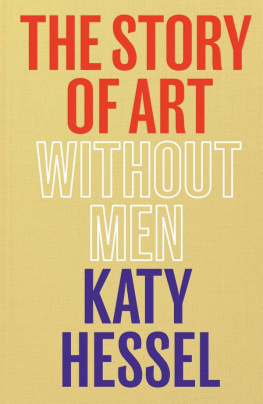
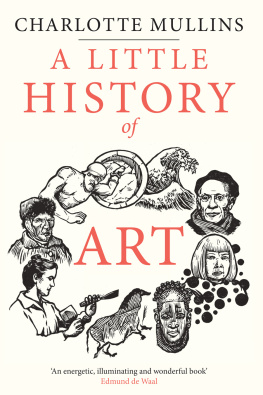
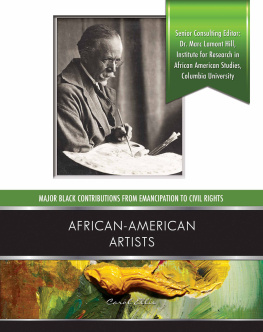

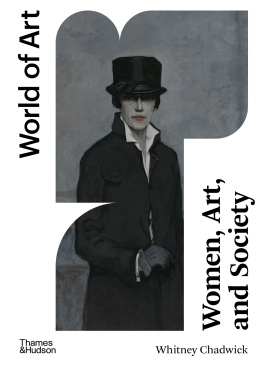
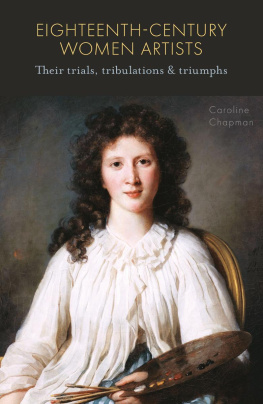
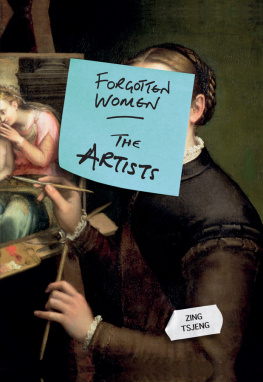
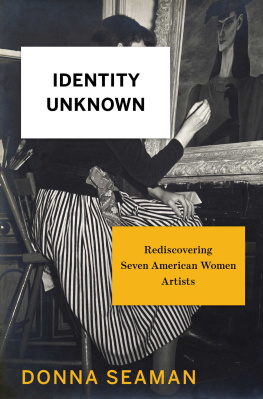
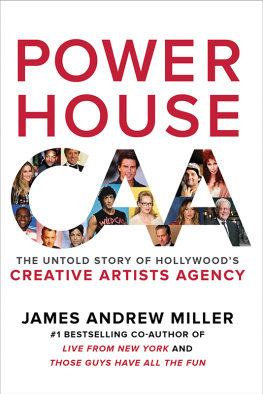
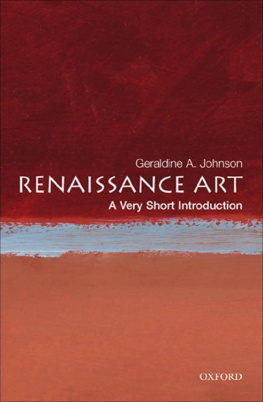


 . Alice Neel, Linda Nochlin and Daisy , 1973
. Alice Neel, Linda Nochlin and Daisy , 1973